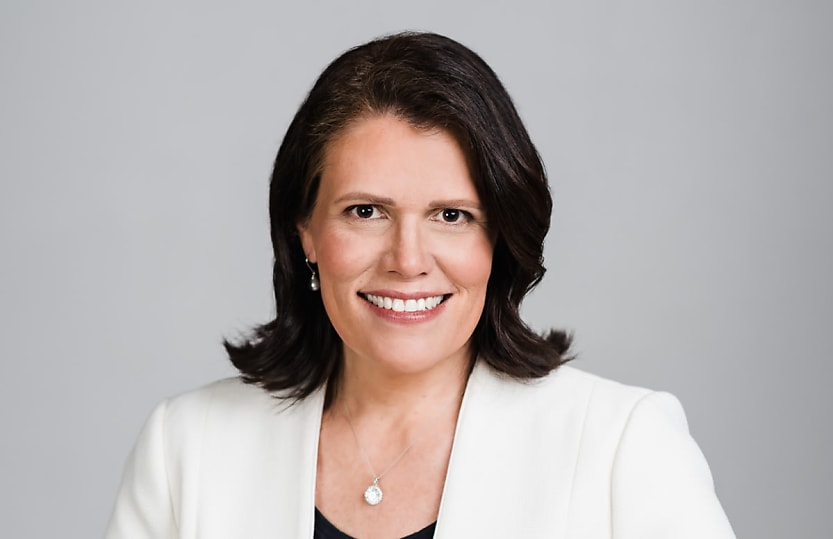Could automation entice more young Australians to the accounting profession in 2024?

Having to use obsolete technology to complete repetitive work is a deterrent for new joiners and old hands alike.
Is your organisation feeling the effects of Australia’s dearth of accountants? Finding it tough to fill the vacant spots in your finance line-up for next year?
If you answered in the affirmative, you’re far from alone. Around the world, the popularity of the profession continues to wane and skills shortages are the unhappy result.
In the US, an extraordinary 300,000 accountants and auditors have exited the industry in the past two years alone while here in Australia, the shortfall has been described as critical.
In late 2022, CPA Australia chief executive Andrew Hunter said tough economic times meant accountants were in huge demand but the homegrown supply was falling far short of what was needed.
Speaking at a forum hosted by the Australian Small Business and Family Enterprise Ombudsman, Hunter told delegates the ‘continued downward trend of domestic tertiary studies in accounting means it will be tough to close the skills gap’.
The decline of a ‘dull profession’
That’s perhaps not surprising, given the negative light in which the profession is perceived by the young. According to recent surveys, they see accounting as a tough qualification to earn and a tedious job to have.
In their eyes, accounting is a career which demands long hours in the office and entails day to day responsibilities which are less interesting than those of other business professionals.
Indeed, spending the bulk of their working week working with legacy technologies and performing repetitive tasks are turn-offs for today’s finance professional graduates. It doesn’t make them feel challenged, valued or fulfilled and it reduces their capacity to tackle more challenging and strategic business issues.
In fact, in far too many local organisations, the finance and accounting (F&A) function is still responsible for large volumes of repetitive manual work. F&A teams continue to rely on last century’s tools to complete this century’s tasks, with the humble Excel spreadsheet being the case in point.
Transformative technology back in 1995 when it made its debut, it remains in widespread use – a mainstay of many finance processes and integral to the end-of-period close.
This reliance on legacy software is one of the reasons accountancy has lost its lustre. Failure to move with the times has left practitioners mired in the mundane; spending the bulk of their working week completing bean counter duties rather than engaging in the higher-level tasks – think strategy, planning and advisory – which can make working in the profession so interesting and rewarding.
Redefining the role
Redefining the scope and structure of the accounting role, such that providing decision-making support to senior leaders, rather than number crunching, is its raison d’etre, could turn things around; inspiring more young people to think about working in the finance and accounting world.
But that transformation can only be effected if repetitive, mundane tasks are removed from accountants’ list of duties.
And that means switching from legacy processes and spreadsheets to a vastly more efficient alternative.
The automation advantage
Enter cloud-based continuous accounting software.
It’s enabling technology that makes it possible for F&A professionals to do much more with less: to manage the accounts payable and receivable functions, complete the end-of-period close and play a pivotal executive support role.
The term continuous accounting refers to a digitally driven methodology for managing the accounting cycle. It’s designed to distribute workloads evenly across the accounting period, rather than finance departments experiencing an activity surge at close time.
The concept centres around three key principles: automating repetitive processes; eliminating end-of-period bottlenecks; and creating a continuous improvement culture.
Continuous accounting isn’t just quick, it’s also extremely accurate because it eliminates opportunities for human error to occur.
Turning data into decisions
As well as eliminating tedious and time-consuming elements of the F&A function, such as reconciling payments and posting transactions, continuous accounting technology can enable extraordinary visibility into an organisation’s financial position.
Having the facility to extract up-to-the-minute insights means F&A professionals can proffer more timely, astute advice to senior leaders. Better business decisions are very often the result.
So is greater involvement for F&A professionals in the strategic management of the enterprise. In some organisations, that might mean working side by side with decision makers; in others, being seconded to projects or programs of work where their expertise can add much-needed commercial rigour to the process.
Making accounting interesting
Increasing the value – both genuine and perceived – of the accounting role, by turning university-educated professionals into genuine stakeholders in the strategy and growth of the enterprises they serve, doesn’t only benefit the affected individuals.
It’s an opportunity for the corporate community to collectively grow the talent pool, by making F&A an attractive long-term career option for more of Australia’s best and brightest.
If that’s the calibre of people you want in your finance department, embracing automation could help you turn it into a more interesting and rewarding place to be.
Rosie Cairnes, Regional Vice President Australia and New Zealand, BlackLine
